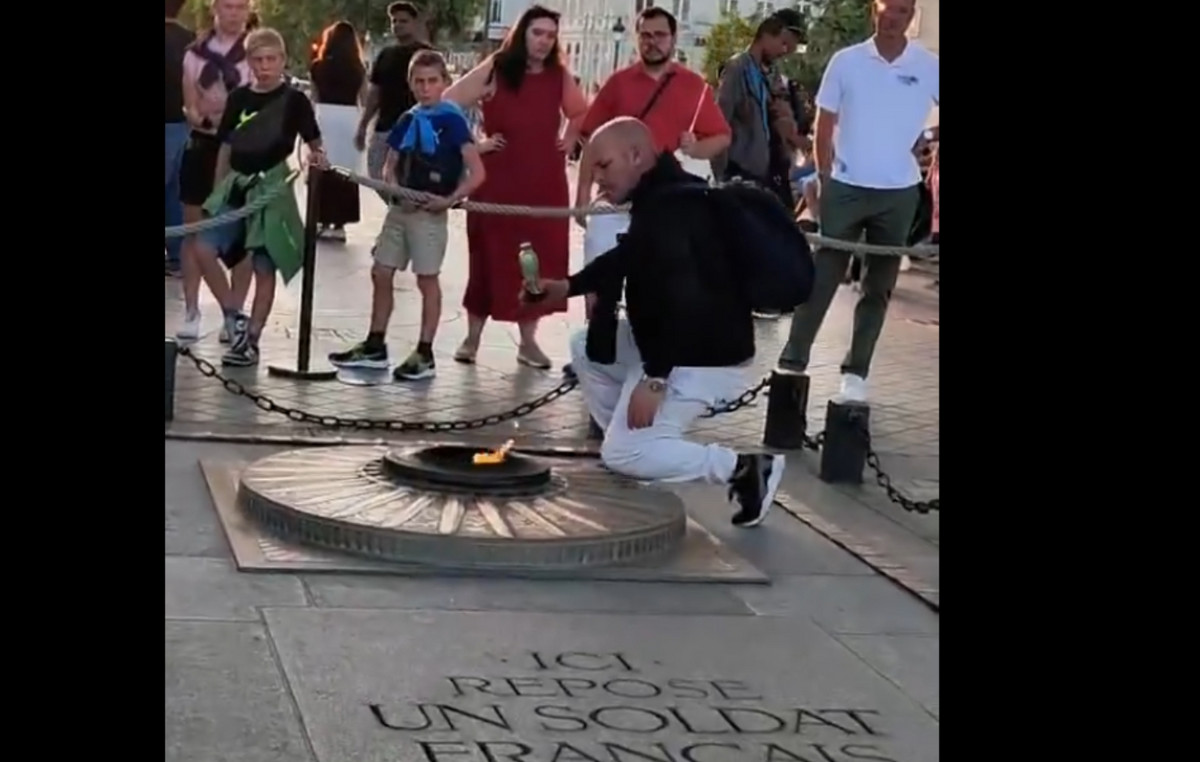The Individual Taxpayer Registry (CPF) is an official document, issued by the Federal Revenue Service, and counts with 11 digits . The numbering is used to identify income tax payers. Numbers are chosen from random factors, registration region and verification code
The Individual Taxpayer Registry (CPF) has become the only identification number that will appear on documents in Brazil from this year onwards. The change takes place thanks to Law 14,534/23 sanctioned by President Luiz Inácio Lula da Silva (PT) last year, and which came into force.
According to the federal government, it is a database managed by the Federal Revenue Service, which stores registration information on taxpayers required to register, or citizens who have registered voluntarily. From the age of 12, everyone needs to be included in their parents’ Income Tax. In other words, they need to issue the document.
The logic behind the numbers
CPF identification is made using 11 digits. You The first eight correspond to the individual registration, and are chosen at random . This sequence is unique for each citizen. The last two digits are generated through an algorithm and are used to verify the other digits in the document.
THE second to last number (ninth) refers to the disc region in which the document was issued . THE penultimate number (tenth) serves as an instrument for verifying the veracity of the first nine digits. THE last number (eleventh) of the CPF is the checker of the previous 9 numbers to him.
Example:
The ninth digit of the CPF helps to geographically indicate the place of issue, as each digit corresponds to one or more states. The sequence being:
- 1: Federal District (DF), Goiás (GO), Mato Grosso do Sul (MS), Mato Grosso (MT) and Tocantins (TO);
- 2: Acre (AC), Amazonas (AM), Amapá (AP), Pará (PA), Rondônia (RO) and Roraima (RR);
- 3: Ceará (CE), Maranhão (MA) and Piauí (PI);
- 4: Alagoas (AL), Paraíba (PB), Pernambuco (PE) and Rio Grande do Norte (RN);
- 5: Bahia (BA) and Sergipe (SE);
- 6: Minas Gerais (MG);
- 7: Espírito Santo (ES) and Rio de Janeiro (RJ);
- 8: São Paulo (SP);
- 9: Paraná (PR) and Santa Catarina (SC);
- 0: Rio Grande do Sul (RS).
Understand the composition of the 11 digits of the CPF, using the following formula:
d1d2d3.d4d5d6.d7d8d9-d10d11
You The last two digits are generated through an algorithm and are used to verify the other digits of the CPF.
d10: is the check digit of the first nine
d11: is the check digit of the nines before it
From this the calculation of the d10 is made by L = 10xd1+9xd2+8xd3+7xd4+6xd5+5xd6+4xd7+3xd8+2xd9.
Divide (L) by 11, store the quotient and remainder. The quotient is the result of the division, that is, the amount that each party receives. And the rest is the amount left after the division is not exact.
If the remainder is equal to 0 or 1, the d10 will be 0. If it is different from 0 or 1, then do: 11 – the rest. The result will be od10.
The calculation of d11 must be done by M = 10xd2+9xd3+8xd4+7xd5+6xd6+5xd7+4xd8+3xd9+2xd10.
To find the result, divide (M) by 11, store the quotient and the remainder. Therefore: 11 – the rest. The result will be od11.
The digits d10 ed11 They are used to check whether the CPF number is valid without us needing to access the Federal Revenue Service. But if you want to check whether the CPF exists at the IRS and is in good standing, you must access the official website of the IRS. Federal Revenue.
This content was originally published in Find out what your CPF number says on the CNN Brasil website.
Source: CNN Brasil
I’m James Harper, a highly experienced and accomplished news writer for World Stock Market. I have been writing in the Politics section of the website for over five years, providing readers with up-to-date and insightful information about current events in politics. My work is widely read and respected by many industry professionals as well as laymen.







